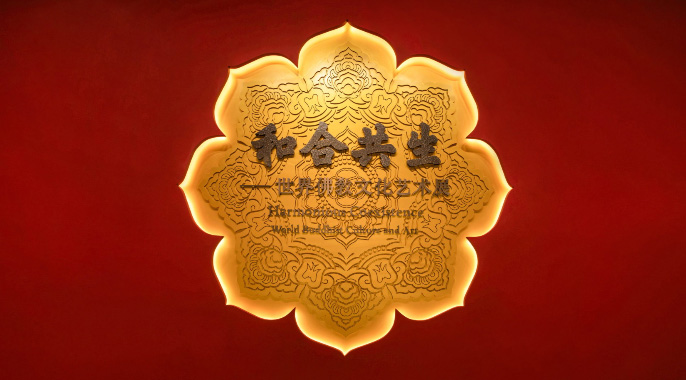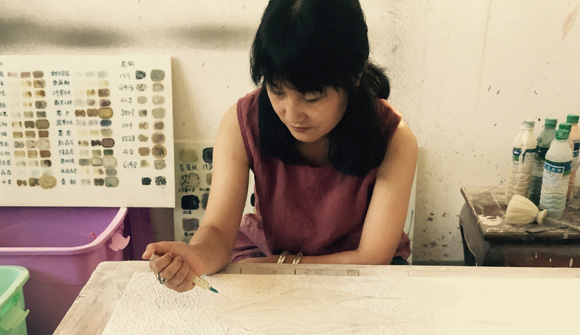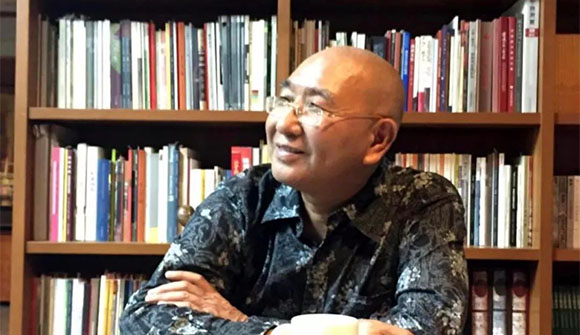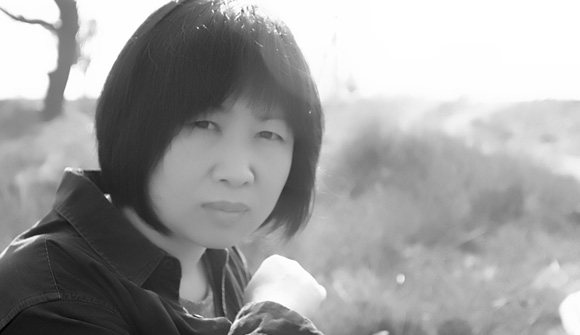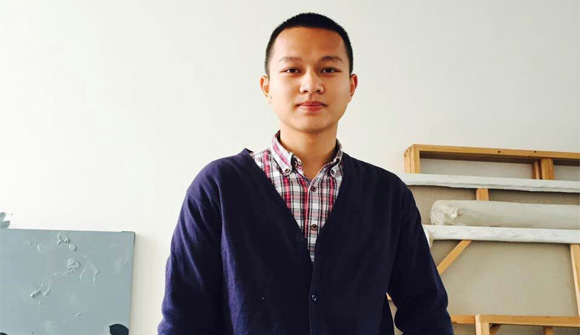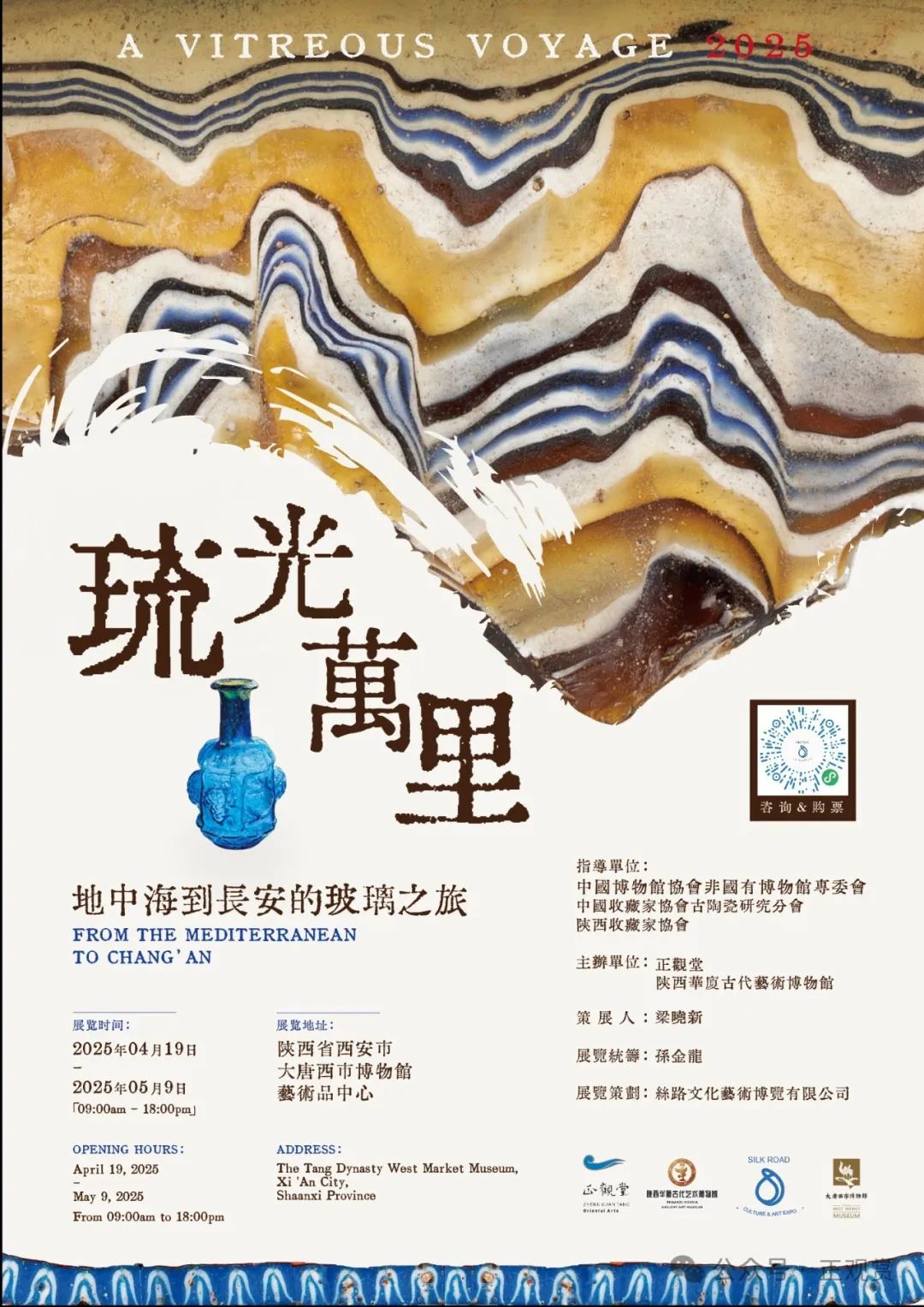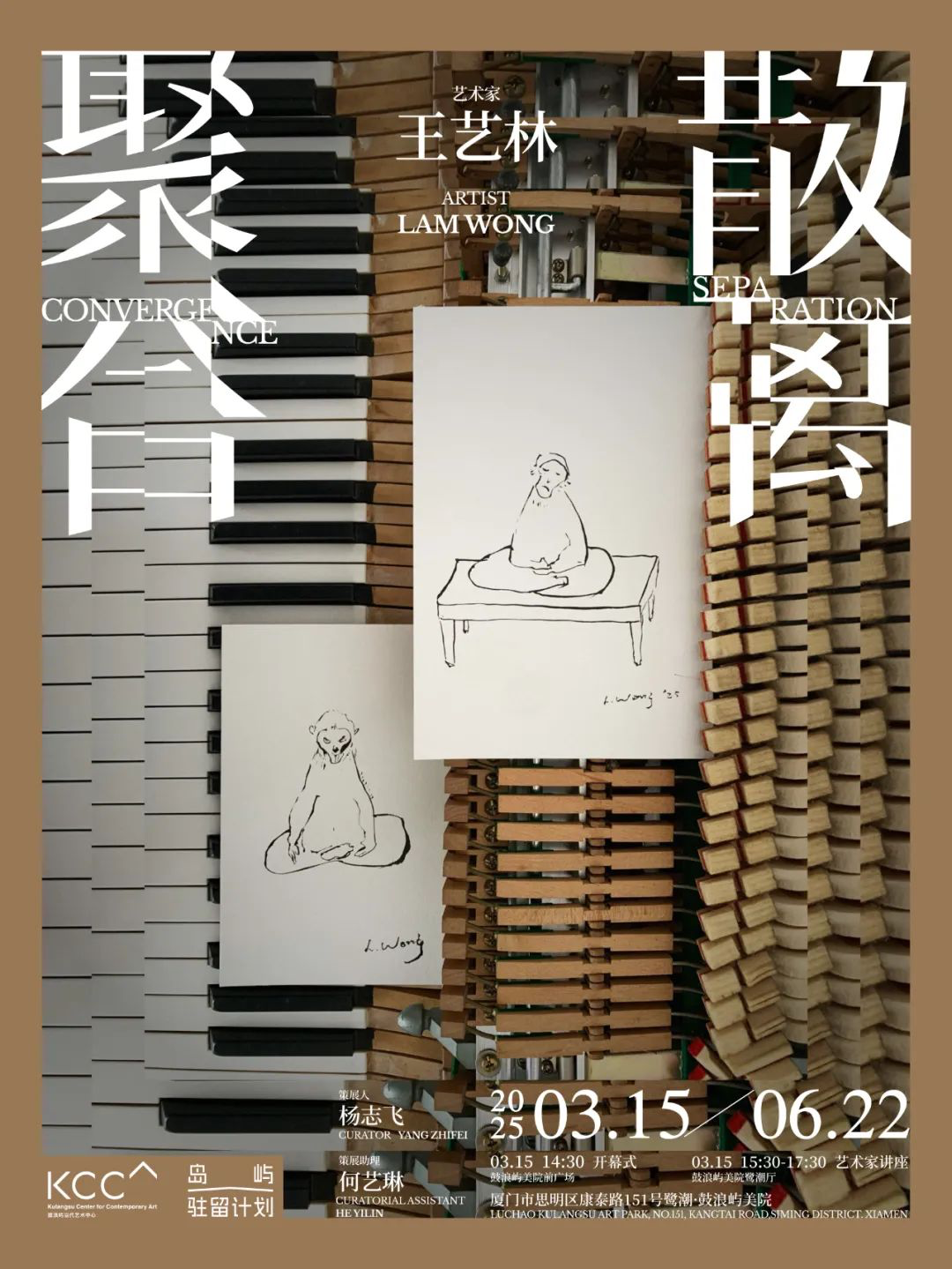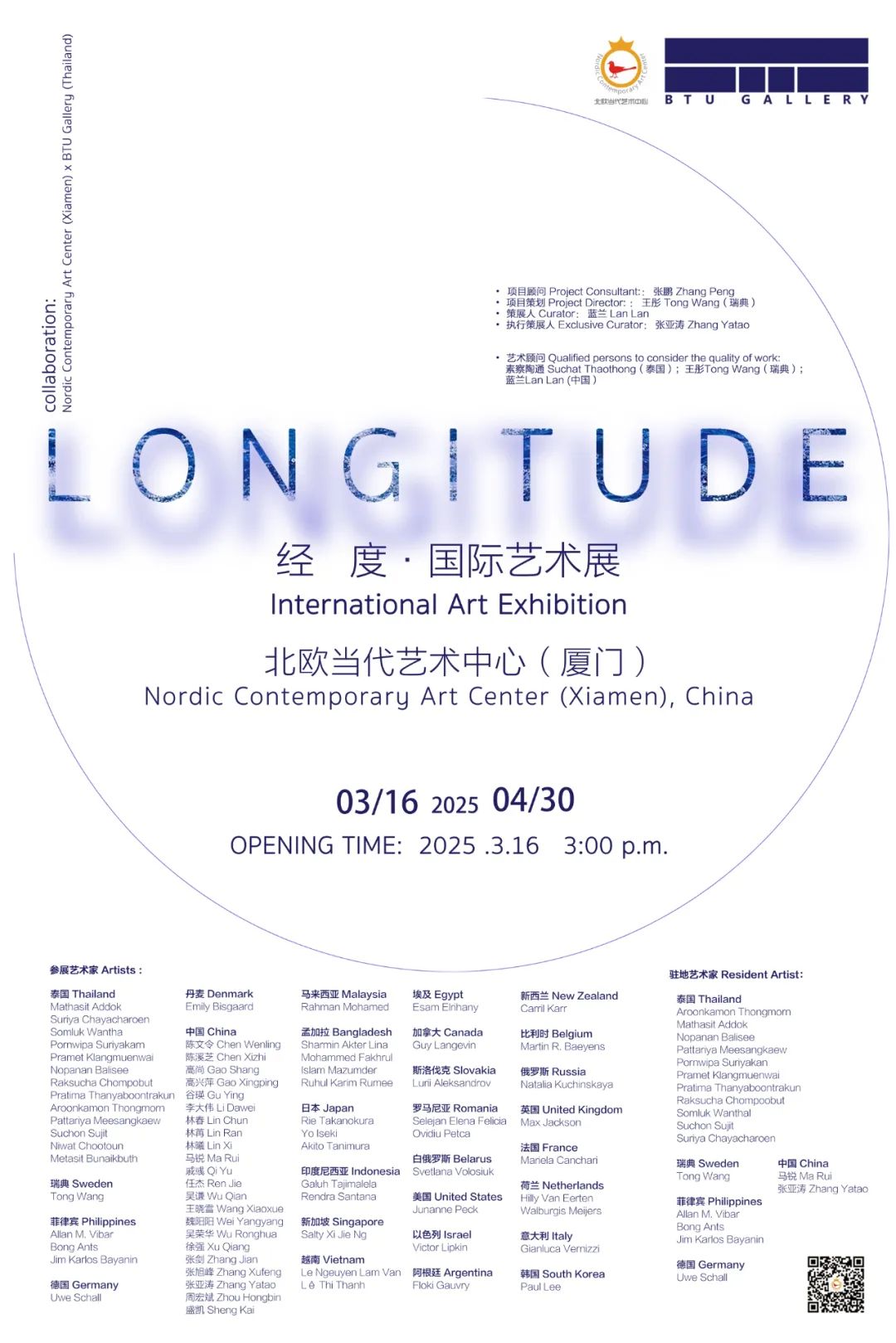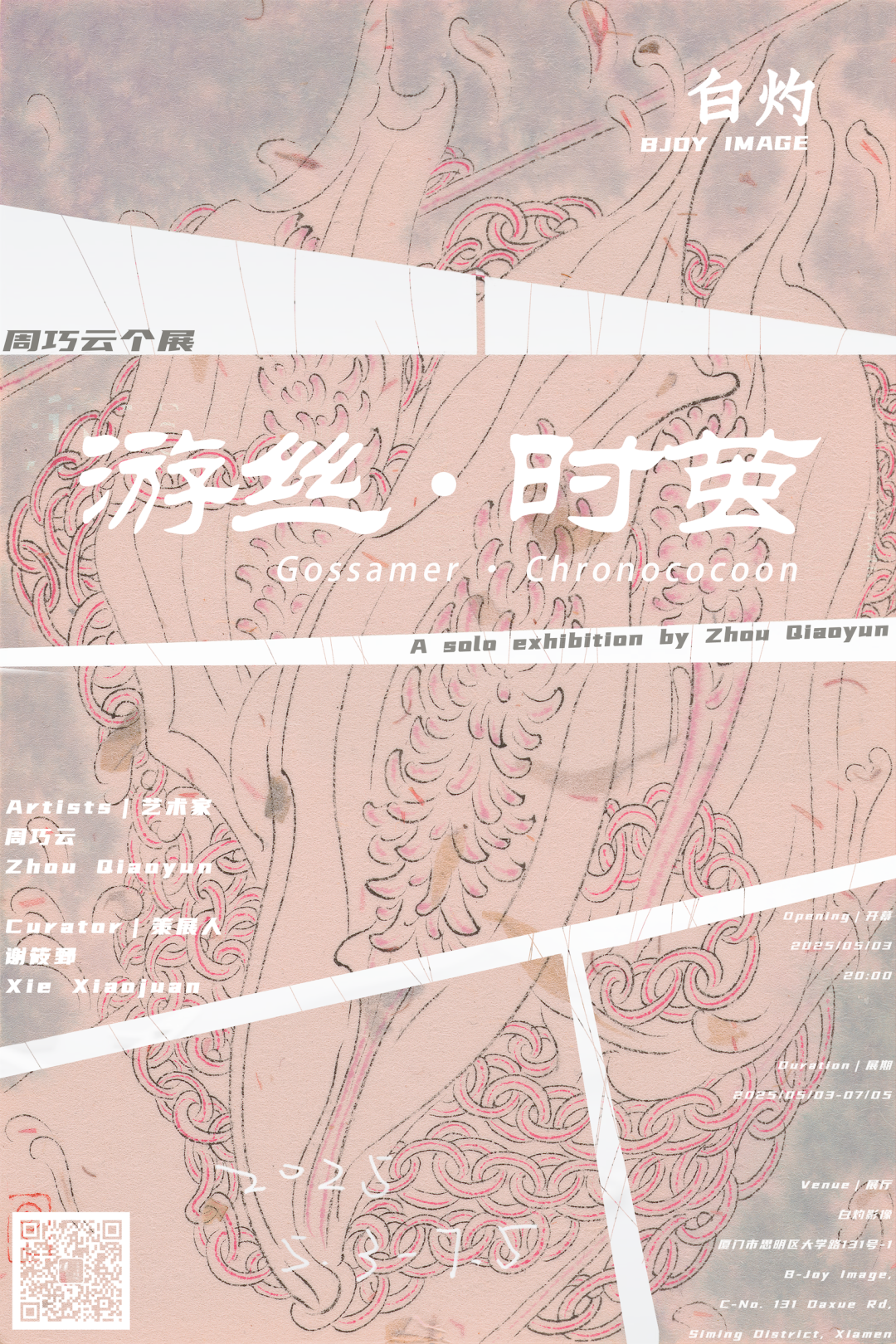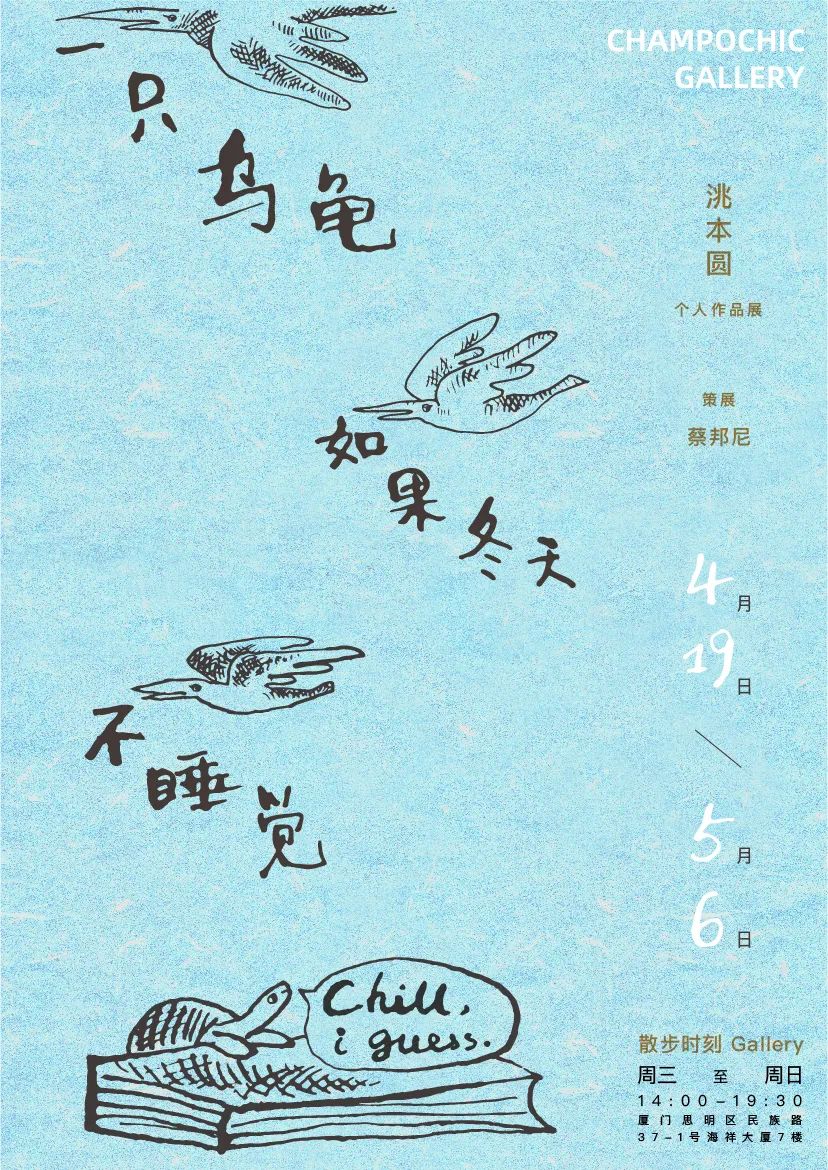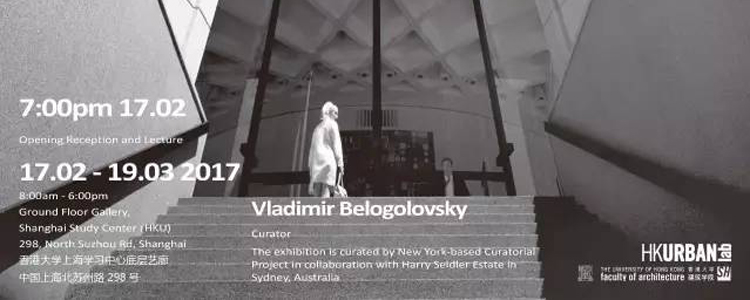
Harry Seidler:Painting Toward Architecture
Vladimir Belogolovsky
HarrySeidler: Painting Toward Architecture is atraveling exhibition tracing the work of Australia’s most prominent architectof the 20th century, Harry Seidler; it examines his distinctive place and handwithin and beyond modernist design methodology. Dozens of featuredprojects—from single family houses to multi-story residential and office towersto civic, sports, and cultural centers, as well as important governmentcommissions realized in Australia, Austria, France, Israel, Italy, Mexico, andHong Kong—bring to focus Seidler’s 12 long-lasting creative collaborations withprogressive artistic visionaries: architects Walter Gropius, Marcel Breuer, andOscar Niemeyer; engineer Pier Luigi Nervi; artists Josef Albers, Alexander Calder,Norman Carlberg, Sol LeWitt, Charles Perry, Frank Stella, and Lin Utzon; and photographerMax Dupain. The exhibition was developed by New York-based non-profitCuratorial Project in collaboration with Penelope Seidler and The Seidler Estatein Sydney.
Surprise and Delight—these are the two keyfeelings that strike anyone who experiences Seidler’s architecture, no matterhow familiar one might be with his work. His forms are never illogical, yet they arealways remarkable and beautiful, so much more so as they are achieved throughthe economy of means. The architect’s houses and towers are thoroughlyreferential in their sources of inspiration and yet they are unmistakablySeidleresque. Above all, Seidler’s architecture has become an integral part ofthe Australian identity.
Harry Seidler (1923, Vienna–2006, Sydney) was the first architect to fully express Modernist and Bauhaus principles in Australia by building his first project for his parents, the Rose Seidler House (1950) in Wahroonga, a Sydney suburb. All his life he was, in his own words, “the torchbearer of Modern architecture” and a sincere missionary for the cause of Modernism and its ideal, to make the world a better place. A constellation of Seidler’s emblematic towers in central Sydney, including 50-story Australia Square (1967), 60-story MLC Centre (1975), and 44-story Grosvenor Place (1988), asserts powerful visual continuity and constitutes a rare urban ensemble of a grand vision by a single master. Seidler’s most iconic works outside of Australia include Australian Embassy in Paris (1977), Hong Kong Club in Hong Kong (1984), and Wohnpark Neue Donau in Vienna (2001).


